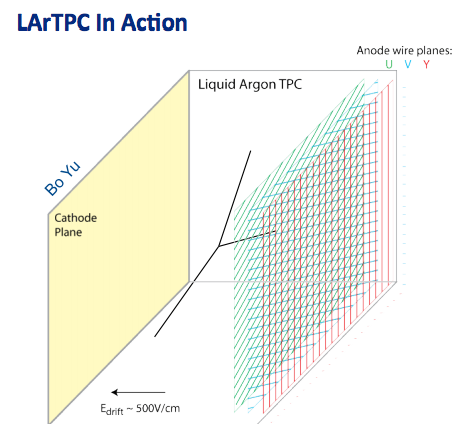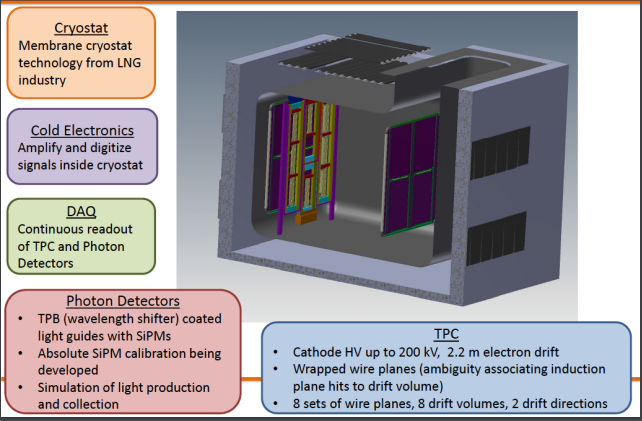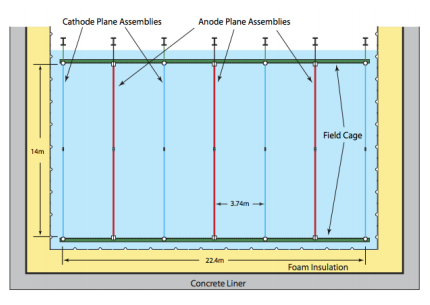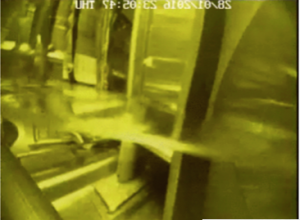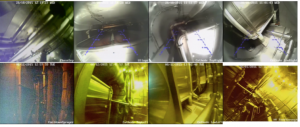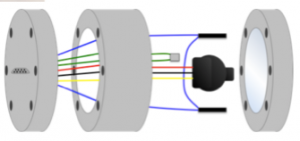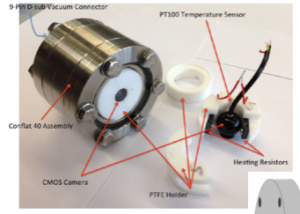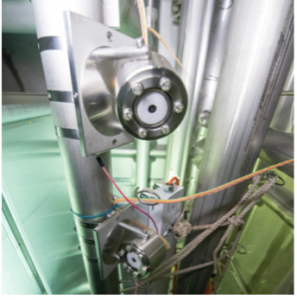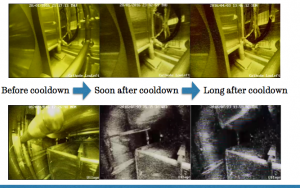Prototypes and UK Involvement
DUNE will be 100 times larger than any other detector of its kind and therefore extensive testing must be undertaken in order to scale up existing and new technology. Several prototypes have been proposed and constructed including the 35 ton prototype (which completed operations in 2016, see below) and protoDUNE at CERN (which will take data in 2018). ProtoDUNE will test the single-phase (liquid) and dual-phase (liquid and gas) LArTPC detectors and the 35 ton tested the single phase technology.
35 Ton Prototype
The 35 ton prototype that was constructed at Fermilab as one of several prototypes planned in order to test the technology that to be used in the DUNE project. This prototype tested many aspects of the DUNE single-phase (single phase means just liquid inside the detector as opposed to dual, which operates with liquid and gas) design that will not be tested by other LArTPCs before 2017. More specifically, these include testing the FR4 field cage construction, the gaps between modules, the wrapped wire planes, the light guide style photon detection system, cold ADC ASIC in the readout electronics, and the development of triggerless DAQ operation. Below are images of the prototype and the LArTPC in operation.
35 Ton Prototype: UK Involvement
UK groups directly contributed and were vital for the 35ton prototype operation. The following is some of the work that have been contributed by these institutes.
Data Acquisition System
One of the most crucial aspects of the prototype was the data acquisition system (DAQ) and was UK led by Giles Barr (Oxford) with other UK expertise: Dom Brailsford (Lancaster), Jonathan Davies (Sussex), Tom Dealtry (Oxford/ Lancaster), Martin Haigh (Warwick), Tim Nicholls (STFC). The DAQ system allowed enough data to be recorded in order to be analysed and will be indispensable for the future operation of DUNE.
Camera System
In order to monitor the interior of the prototype visually a camera system was designed by the Sheffield group. This was faced with many challenges, as the prototype was filled with liquid argon (which boils at 87.3K) and therefore the cameras had to be able to withstand extremely low temperatures and being immersed in liquid. A contained system was developed and built in Sheffield by N McConkey, M Thiesse, N Spooner and it was more specifically designed to monitor the high voltage components in the prototype’s cryostat (an apparatus for maintaining a very low temperature.) and have the capability to observe breakdowns. Below are several diagrams and pictures of operations of the camera system.
The camera system did performed very well, and even turned back on in the cold after being power cycled, however the picture degradation increases with time in the cold. The most impressive example was after a site wide power outage when they were left off for 9 days and came back on straight away in the low temperature.
Charge Deposits
Another aspect of the 35 ton that was worked on was the determination of the quantity and whereabouts of the collection of charge deposited in the gaps between the Anode Plane Assemblies (APAs), which lie at the heart of the detector. They collect and readout the electrical signals deposited by charged particles entering the detector. Tristan Blackburn of Sussex university is working on characterising these charge deposits so they can be more accurately simulated in the far detector Monte Carlo simulation. Monte Carlo simulations are a type of computational algorithms that utilise on repeated random sampling in order to obtain numerical simulations. Below is a representation of the gaps in the APA.
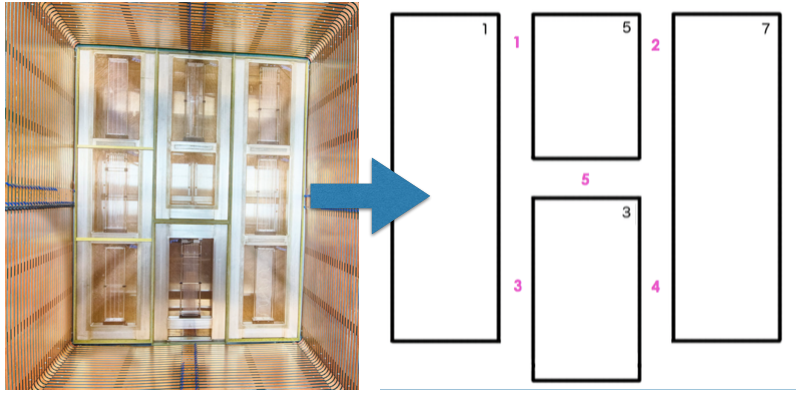
More information can be found about the 35 ton prototype here.
